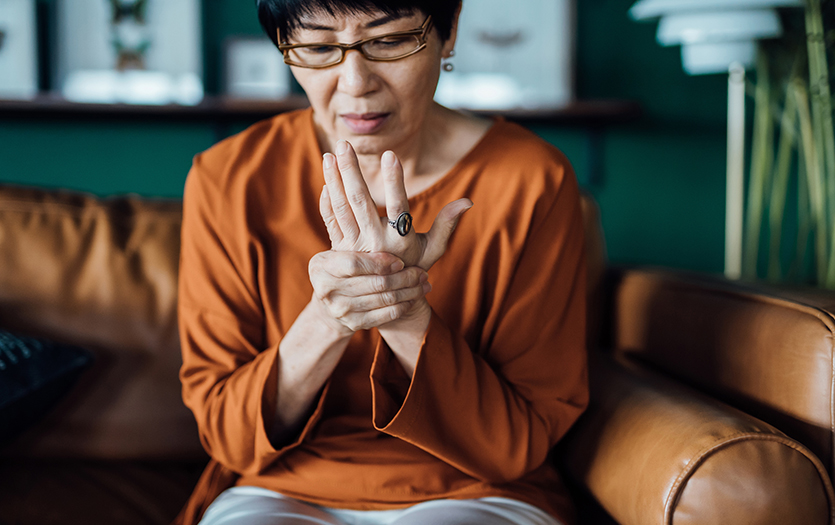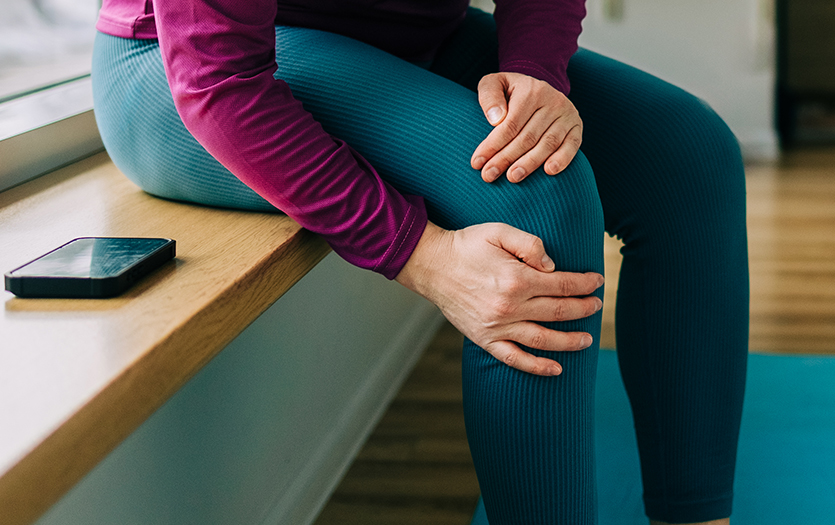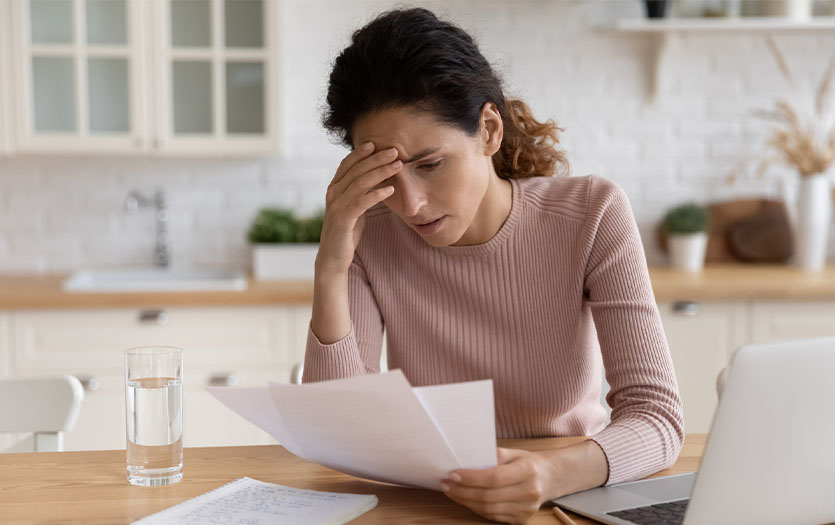
This post was written by Leshia Howell, BSN, RN, HN-BC, CWHC, nurse navigator, Parkview Center for Healthy Living.
Many of us assume we aren’t vulnerable to bone loss or fractures. We believe that if we haven’t had any signs of bone damage, then our bones are strong. But making assumptions about our health can be quite the gamble.
Just as we check our blood pressure and cholesterol regularly for heart health, testing bone density is an important way to keep tabs on the health of our bones. Doing so can help us identify signs of osteoporosis, a disease in which bones become more brittle and are susceptible to breaking with time.
Risk factors for osteoporosis
In the United States, an estimated 10 million people age 50 years and older have osteoporosis, with the highest risk falling to women, particularly after menopause. Instances are also higher among whites and Asian Americans than other groups.
While we know certain populations have an elevated risk, it’s important to remember that the condition impacts older men and women of all backgrounds. After your mid-30s, you begin to slowly lose bone mass and strength, which raises the risk for bone fractures and significant injury. According to recent statistics from the International Osteoporosis Foundation, worldwide, 1 in 3 women over the age of 50 years and 1 in 5 men will experience osteoporotic fractures in their lifetime.
Read our post on how to preserve muscle as you age.
Risk factors for fractures include:
- Being female (with highest risks among white and Asian women)
- Being older, past menopause
- Having a family history of osteoporosis or related conditions
- Having a small, thin frame
- A lack of exercise
- A lack of calcium in the diet
- Having used certain medications (e.g. steroids, anticonvulsants)
- Having a history of alcohol or tobacco use
Read this post to learn healthy habits for healthy bones.
Screening
Although a DEXA scan is the gold standard for assessing and diagnosing osteoporosis, a bone density screening offers you osteoporosis testing on the go. This reliable option provides valuable information on your bone health within minutes.
The bone density screens are considered a light screening in which just a participant’s heal is being scanned. The results can help determine if someone should get further, more elaborate testing, like a full-body DEXA scan.
For wellness events and education opportunities, browse our list of Classes and Events.



